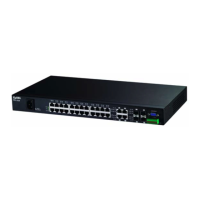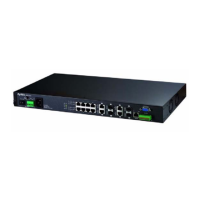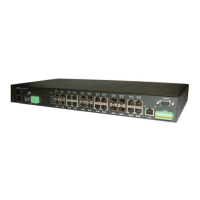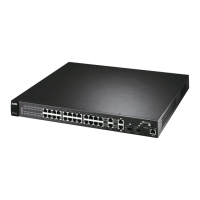Chapter 16 VoIP
Management Switch Card User’s Guide
607
The following figure shows an example Context, C1. This Context possesses two Terminations, T1
and T2. T1 is a PSTN connection, and T2 is an IP connection. Because both Terminations belong to
the same Context, they can communicate.
Figure 411 H.248 Connection Example
Terminations can move from one Context to another. In the next example, the MG has two
Contexts, C1 and C2. There are currently three active Terminations; T1, T2 and T3. T3 tries to call
T1, but T1 is engaged in a call with T2 (in Context C1). When the call is completed, T1 moves to
Context C2 and begins the call with T3 (in this example, the MG must support call waiting).
Figure 412 H.248 Call Waiting Example
Each Termination has the following attributes: “properties”, “events”, “signals” and “statistics”.
• Properties describe aspects of the Termination (defining it, for example, as representing an RTP
stream).
• Events are call-related occurrences such as off-hook, digits dialed, on-hook, and so on. Events
may trigger messages to the MGC, or may result in action taken by the MG.
• Signals are instructions applied to Terminations by the MG when requested to do so by the MGC.
The type and content of signals depends on the type of Termination (switched circuit network
channel, RTP stream, etc.). Signals include media streams such as DTMF tones and audio
messages.
MEDIA GATEWAY
C1
T1 T2
IP
PSTN
MEDIA GATEWAY
C1
T1 T2
IP
PSTN
C2
T3
T1
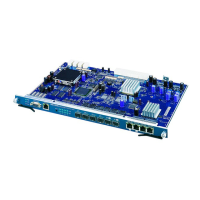
